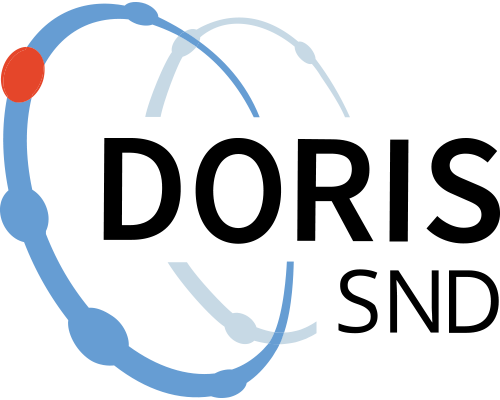DiACL - Diachronic Atlas of Comparative Linguistics
DiACL is an open access database with lexical and typological/morphosyntactic data for historical, comparative and phylogenetic linguistics. It contains data from 500 languages of 18 families, divided into three macro-areas: Eurasia, Pacific, and the Amazon. The database has the following content: 1) Lexical datasets with basic vocabularies (Swadesh lists), 2) Lexical datasets with culture vocabularies, focusing on subsistence system vocabulary, 3) Typological/morphosyntactic datasets including the main types Word Order, Alignment, and Nominal/ Verbal Morphology.
DiACL contains data from contemporary and historical languages, and, if possible, reconstructed languages. Data is derived from dictionaries, grammars, or by new fieldwork (in particular data from Caucasus and the Amazon). All data is sourced in scientifically reliable literature.
Purpose:
The aim of the database is to make datasets for evolutionary and comparative linguistics available open access. The datasets, which are comparative and complete, span over large geographic areas, containing data for typology/morphosyntax and lexicon (basic vocabulary and culture vocabulary). Datasets can be used to investigate spatio-temporal and linguistic comparative correlations.
Data has been compiled by analyzing grammars and dictionaries and by means of fieldwork. The population of data into the database is controlled by matrix documents, questionnaires and careful instructions, in order to creat complete and comparable dtasets. The process of population has been supervised by the database editor (Gerd Carling) and language experts for each language group.
Cite as:
Carling, Gerd (ed.) 2016/2017. Diachronic Atlas of Comparative Linguistics Online. (Available at: https://lundic.ht.lu.seOpens in a new tab. Accessed on: z.).
Data from individual languages should preferably be quoted by their source:
NN, NN, NN, NN. Data set: x (basic vocabulary/culture vocabulary/typology), y (language). In: Carling, Gerd (ed.) 2016/2017. Diachronic Atlas of Comparative Linguistics Online. (Available at: https://lundic.ht.lu.seOpens in a new tab. Accessed on: z.).
Go to data source
Opens in a new tabhttps://diacl.ht.lu.se/
Citation and access
Citation and access
Data access level:
Creator/Principal investigator(s):
- Gerd Carling - Lund University - Center for Language and Literature
Research principal:
Citation:
Method and outcome
Method and outcome
Data collection - Compilation/Synthesis
Data collection - Compilation/Synthesis
Geographic coverage
Geographic coverage
Administrative information
Administrative information
Topic and keywords
Topic and keywords
Relations
Relations
Publications
Publications
Metadata
Metadata
Version 1
